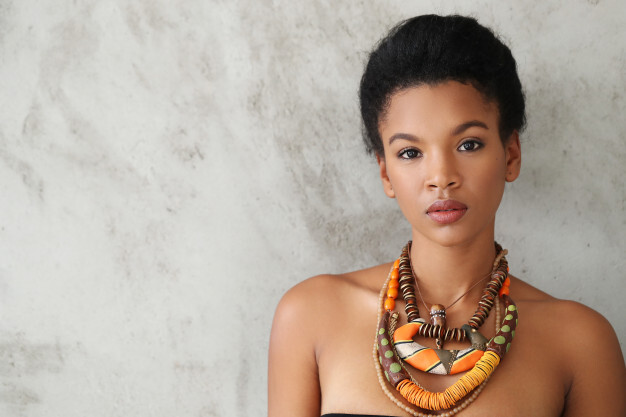Fashion can often be perceived as expressive, and creative. You wear what speaks to you, and sometimes you wear what’s expected.
A look back at how our mothers and grandmothers used to dress is a huge contrast for Caribbean attire today. Caribbean fashion has been influenced by African, Indian, European, Amerindian and Asian traditions. Over time, as the years of technology have evolved and new and old designers coexist, the style of fashion has changed into what we wear today. Still, we can appreciate how different yet ironically similar Caribbean fashion was back then.
In the late 1930s and 1940s, suspenders were popular among young men and boys. This was during a time where belts were not a trend, or perhaps had not come into play yet. Men wore suspenders to hold up their pants and even today, suspenders are relatively popular with both men and women.
Back in the 1940s and 1950s, women’s attire were simple, practical and used little fabric. The dresses were often A-line and conservative and the skirts were either knee length or calf length, both light and airy. The men wore suits inspired by African Americans, which were high waisted trousers with a long jacket in the 40s, while they added in fedora hats in the 50s.
Fashion was often influenced by the cinema/ television, as that was one of the places Caribbean people went to for entertainment. While the 40s and 50s fashion trends continued into the 60s and 70s, international influencers played a major part in that era.
The 1960s saw sheath dresses and boxier cuts with hairstyles such as the beehive and bobs. Jumpers and cardigans were prominent with the introduction of knitting by Caribbean women and by the end of the 60s, fashion was less conservative. Women wore tight pants and shorts skirts.
The 70s were a period for the American Civil Rights, Disco culture, Rastafarian culture and Reggae music, all of which influenced Caribbean fashion. Men wore bell bottoms and open shirts while women sported midriff tops and patterned scarves. The 70s were also the era for afros, which tied in with the Disco culture.
The 80s and 90s saw loose fitted clothes and jheri curls. Influencers such as Jamaican singer and actress Grace Jones served the 80s with her massive contribution to fashion as she donned her unique style and geometric hair. Bright makeup, jewelry and shoulder pads were also on trend in the 80s. In the 90s, trends such as baggy clothes, high waisted trousers, round glasses and pan-African prints were popular. Caribbean people were by then, actively spending more money on their hair and clothes, following trends and staying in the loop.
By the 2000s, Caribbean culture and fashion became a worldwide trend. Fashion statements like midriff tops or crop tops became popular once again and men wore vests and embellished belts. Caribbean artists such as Rihanna and Sean Paul were helpful in shining the spotlight on Caribbean fashion. Fashion was then less conservative as women began showing off more skin.
Now in 2020, we appreciate the fashion trends that we welcome back into Caribbean culture and how they fit in so well with the fashion world today.





